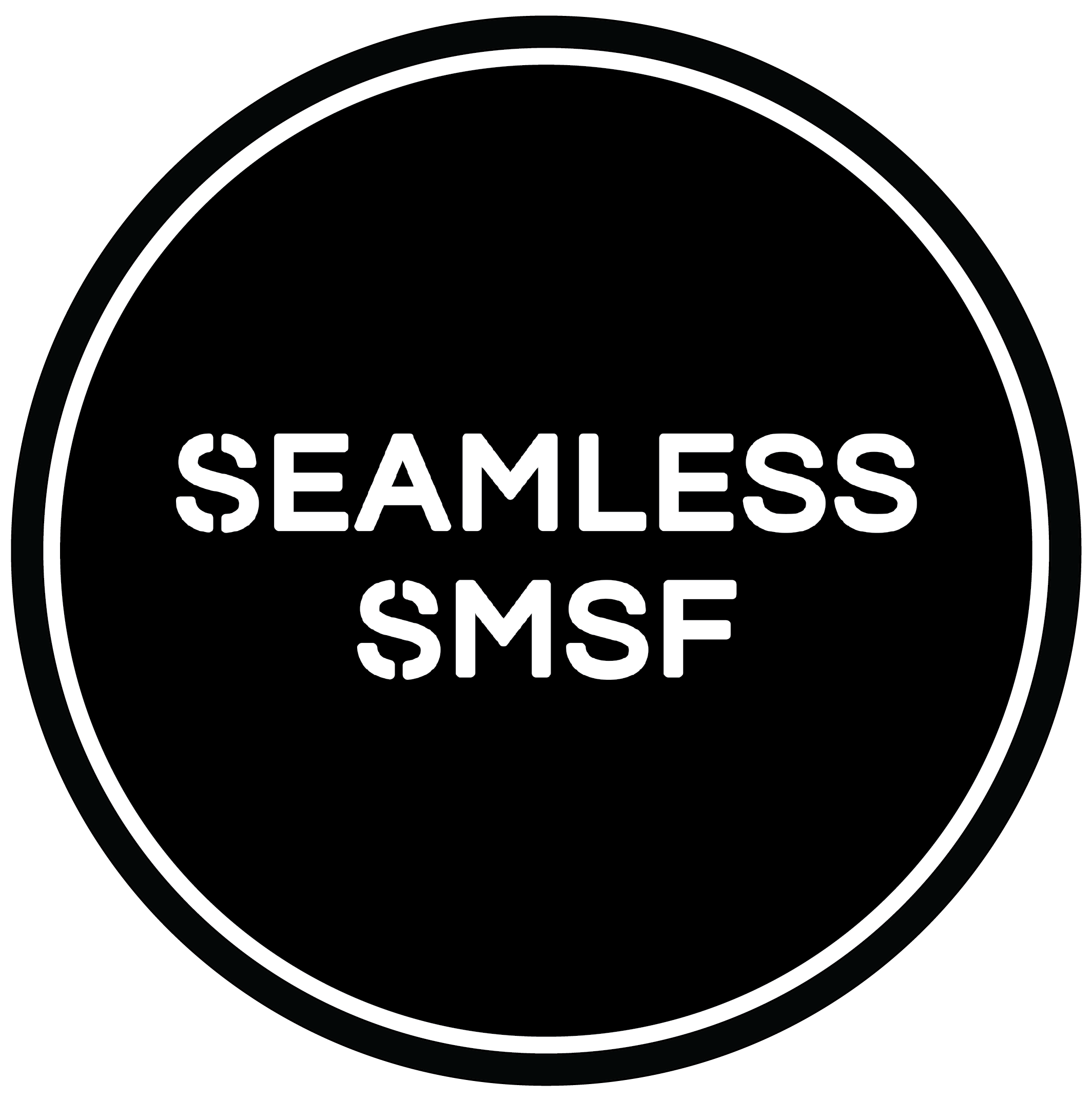Authored by Seamless SMSF

With the rules and regulations within the SMSF environment forever changing, it is important to be aware of how these changes could potentially create opportunities for your clients.
Below are 5 opportunities that may be applicable to your SMSF clients:
Change to Work Test
Before 1 July 2022, if a member of an SMSF was aged between 67 and 74, they could only make voluntary contributions on the basis they met the work test. The work test involves a member working at least 40 hours over a 30-day period in the relevant financial year.
From 1 July 2022, the requirement for a member to meet the work test has now been removed. We would encourage your firm to review its list of clients and determine if contributions can now be made by trustees that were previously ineligible due to not meeting the work test each year.
Change to Bring Forward Provision
The bring-forward provision allows for a member to make three years’ worth of non-concessional contributions in one financial year. Before 1 July 2022, a member who was older than 67 years of age at 1 July of the relevant financial year could not access the bring forward provision.
From 1 July 2022, the rules have extended the age limit that allow members to utilise their bring forward provision.
A member can now access their bring forward provision provided they are less than 75 years of age at any point during the financial year. Firms should be reviewing their list of clients who are now eligible to access their bring forward provision who may not have been able to previously.
Review of Funds with Individual Trustees
Each SMSF is required to appoint either an individual or company trustee. Although the company trustee does come with additional costs, we believe the benefits of the trustee appointing a corporate trustee far outweigh this.
Some of the benefits include:
- It can be easy and more cost effective to add or remove members
- Legal ownership of assets does not change when a director/member is added or removed
- For your typical two-member Mum and Dad fund, succession planning in the event one member passes away, the remaining member can act as the sole director of the trustee company without significant administrative challenges had they acted as individual trustees.
- In the event the ATO impose administrative penalties to the fund as a result of a breach, the ATO penalties will be charged once to the company as opposed to each individual in the event the fund's trustee are individuals
Each firm should review their funds with individual trustees and explain the benefits in converting to a company trustee to their clients. The consulting revenue Accounting firms will generate provides great value to the SMSF members.
Contribution Reserving
It is a requirement of the ATO that when a member contributes to the fund, upon receipt of the contribution by the fund it is allocated within 28 days after the end of the month. It should also be noted that the individual or entity that makes the contribution is eligible to claim this as a deduction upon receipt of by the fund, not when it is allocated.
Although the general consensus is to allocate the contribution to a member at the same time it is received, it is not a necessary requirement.
One strategy could be to have a concessional contribution made throughout the relevant financial year (for example, $27,500). Then in June have the member contribute another amount of $27,500.
Given the contribution can be allocated within the month of July (28 days after the end of the month), the member will avoid any potential excess contribution tax being charged, however receive the benefit of being able to claim a tax deduction for two years of concessional contributions in one year.
Firms should conduct a review of their clients who may have taxable income that is above what they would ordinarily receive (for example due to capital gains) and look into whether this contribution reserving strategy is appropriate for them. Note that the perceived downside of this strategy is the ‘double deduction’ is only achieved in the first year, and any deductions in subsequent years will require the contribution reserve to be applied by way of a contribution made in June moving forward.
Commencing a Pension after age 60
Where a member of an SMSF is aged over 60 years old and ceases an arrangement under which the member was gainfully employed but continues another employment arrangement (ie: the member had 2 jobs simultaneously), a condition of release will be satisfied with a nil cashing restriction.
This will allow the member to commence an account-based pension and commence taking an income stream or alternatively make lump sum payments out of the fund. Your firm may have clients who are eligible for this condition of release or may soon be eligible.
Contact Seamless SMSF.
Hopefully you find these tips helpful and feel free to reach out to the Seamless SMSF team if you would like to chat about how we can help you create the capacity you need, so you can continue to add a whole heap of value to your clients! We would love to hear from you.

